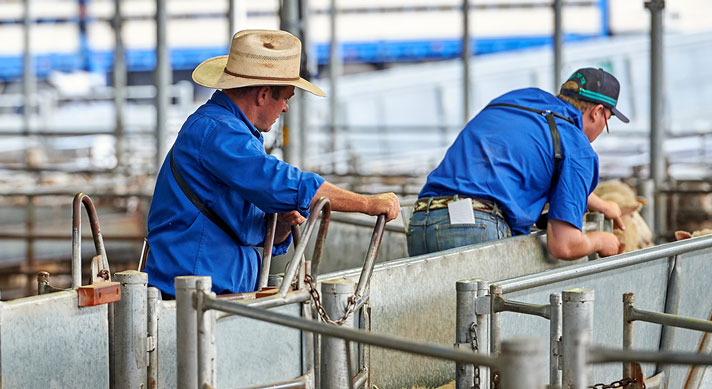How LPA can help keep your staff safe
11 April 2023
-Min Read
Livestock Production Assurance (LPA) is critical when it comes to highlighting hazards for livestock, but it can also help keep your employees and workplace safe too.
